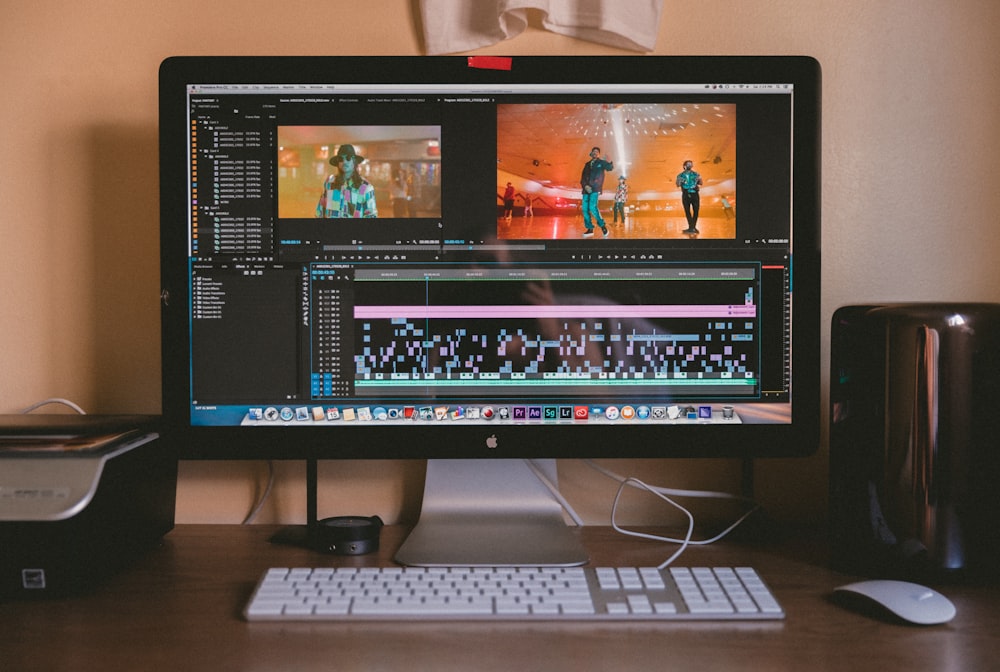Behind the Scenes: Secrets of Successful Film Editing
Understanding the Art of Film Editing
In the world of filmmaking, editing plays a crucial role in shaping the final product that audiences see on screen. It is often said that editing is where the magic happens, as editors weave together footage, sound, and visual effects to create a seamless and compelling narrative. Understanding the artistry and techniques behind successful film editing is essential for aspiring editors and anyone interested in the filmmaking process.
The Editor’s Creative Process
Film editing is a highly creative process that involves making countless decisions to enhance storytelling and evoke emotional responses from viewers. Editors work closely with directors and other members of the post-production team to bring the film to life. They meticulously analyze footage, select the best takes, arrange scenes, add transitions, and fine-tune details to ensure a cohesive and engaging final cut.
Crafting Emotional Impact
One of the key secrets to successful film editing is the ability to craft emotional impact through editing choices. Editors use pacing, rhythm, and timing to build tension, create suspense, evoke laughter, or tug at the heartstrings of the audience. By carefully selecting shots, manipulating audio, and incorporating visual effects, editors enhance the emotional resonance of each scene, making it memorable and impactful.
Seamless Transitions and Continuity
Achieving seamless transitions and continuity is another aspect of film editing that requires precision and attention to detail. Editors must ensure that each cut flows smoothly from one shot to the next, maintaining spatial and temporal coherence. Continuity errors, such as mismatched eyelines or props changing position, can distract viewers and disrupt the narrative flow. Skilled editors use techniques like match cuts, dissolves, and invisible edits to maintain continuity and enhance the viewing experience.
Collaboration with Directors and Producers
Successful film editing is often the result of effective collaboration between editors, directors, producers, and other creatives involved in the project. Editors work closely with the director to understand their vision, interpret the screenplay, and bring characters to life on screen. They also collaborate with sound designers, visual effects artists, and composers to ensure that all elements harmonize seamlessly in the final cut.
Technical Proficiency and Software Skills
In addition to creativity and storytelling prowess, editors must have strong technical proficiency and familiarity with editing software. Tools like Adobe Premiere Pro, Final Cut Pro, and Avid Media Composer are commonly used in the industry. Editors must master these software tools to efficiently organize footage, apply effects, color grade, and export the final project in the desired format.
Attention to Detail and Patience
Successful film editing requires a keen eye for detail and immense patience. Editors spend hours meticulously reviewing footage, making micro-adjustments, and refining edits to achieve the desired outcome. They must also be receptive to feedback and willing to iterate on their work to meet the director’s vision and the project’s objectives.
Understanding Narrative Structure
Editors play a crucial role in shaping the narrative structure of a film. They decide how to order scenes, when to reveal plot twists, and how to build suspense or foreshadow events. Understanding narrative arcs, character development, and pacing is essential for editors to create a compelling and engaging story that captivates audiences from start to finish.
Continual Learning and Adaptation
The field of film editing is constantly evolving with advancements in technology and storytelling techniques. Successful editors embrace continual learning and stay updated with industry trends, software updates, and new editing techniques. They adapt their skills to different genres, formats, and platforms, ensuring that they remain versatile and competitive in the ever-changing landscape of filmmaking.
Conclusion
Behind the scenes, successful film editing is a blend of artistry, technical proficiency, collaboration, attention to detail, and storytelling prowess. By understanding the secrets and techniques of film editing, aspiring editors can embark on a rewarding journey in the world of cinema, contributing their creative talents to bringing stories to life on the silver screen. Read more about Film editing




